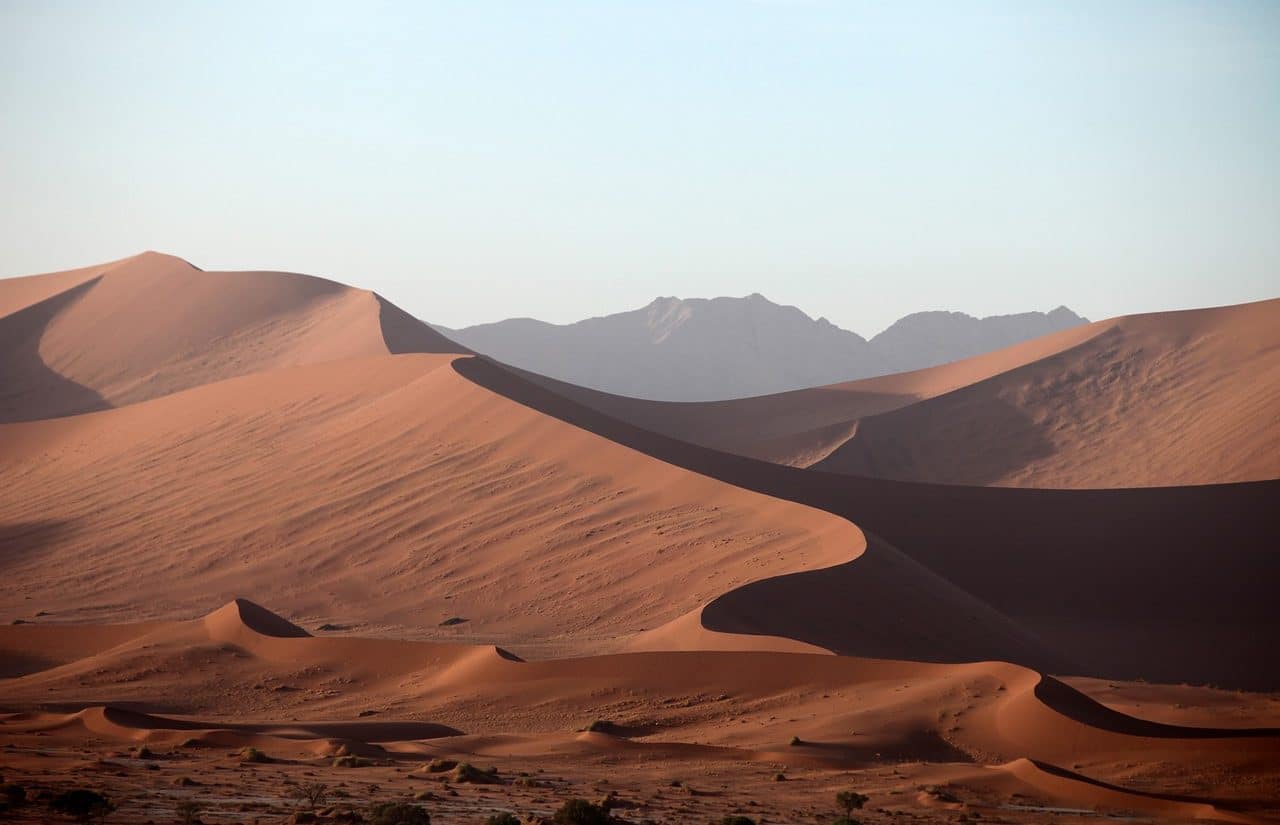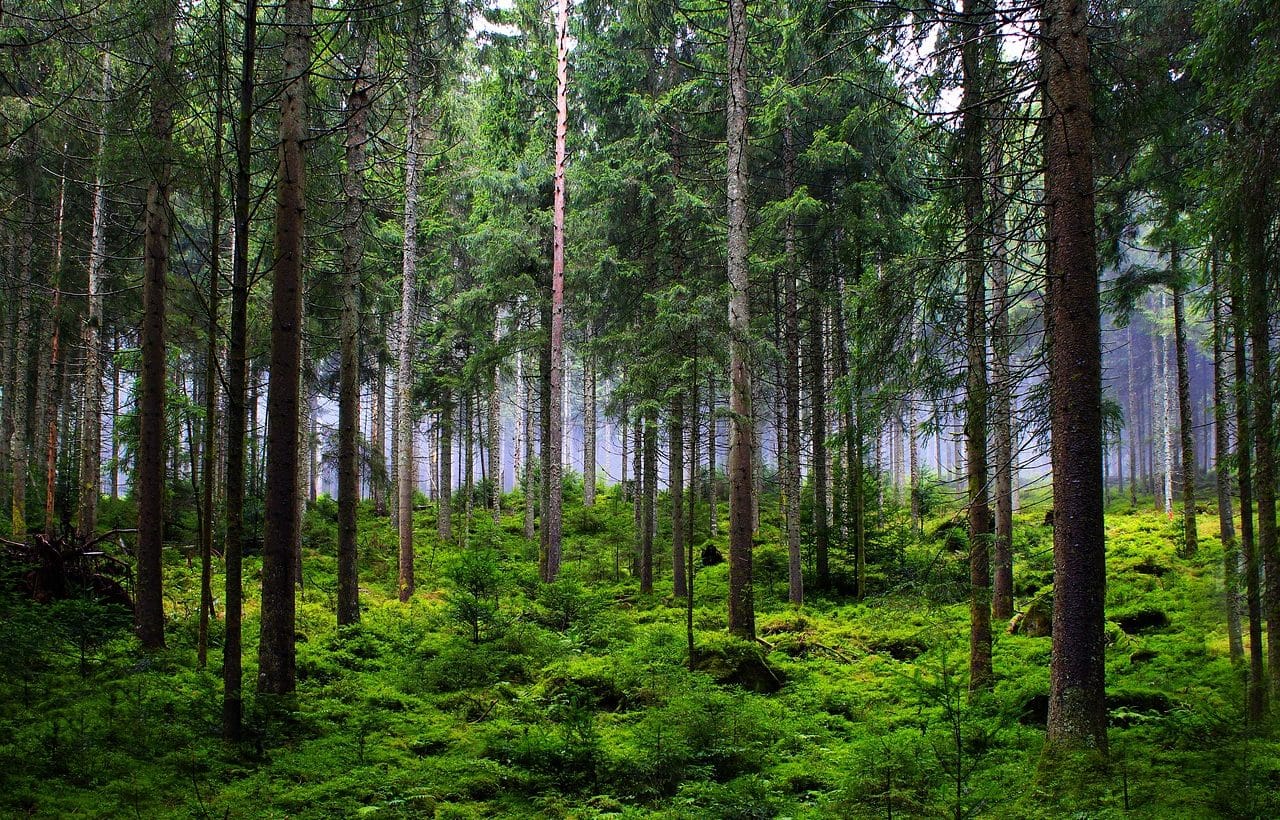
A biome is a biotic area.
Biome is a term that comes from the English biome . The concept refers to each region in which a certain type of vegetation is imposed.
For example: "Researchers are trying to increase their knowledge about this biome" , "Several different biomes coexist in our countries" , "Pollution threatens one of the most important biomes in the Andean region" .
What is a biome
It is often said that biomes, also known as biotic areas , are areas that share flora , fauna , and climate . They are defined through the predominant vegetation and can encompass several different ecosystems of the same biogeographic territory.
To delimit and determine a biome, it must be taken into account that it must have a series of distinctive characteristics. We are referring to relief, temperature, precipitation, altitude and latitude.

The different types of forest constitute biomes.
Its characteristics
A biome expresses the ecological characteristics of a site. The soil and climate establish the conditions to which the animals and plants of the biome adapt. This is how an ecological community is established whose members interact with each other and with the environment.
It is important not to confuse the notion of biome with other similar ones, such as ecosystem (the community of living organisms that interact with each other and develop according to the physical factors of the environment), habitat (the area with the appropriate conditions for certain species to inhabit). in particular) or ecozone (the territory where species subsist in a certain isolation thanks to the existence of barriers such as mountain ranges or oceans).
Biome types
Biomes are divided into aquatic biomes and terrestrial biomes . The Mediterranean forest or chaparral , tundra , prairie , steppe , savannah , rainforest , mangrove and desert are some of the biomes that can be found on our planet.
Going a little deeper into these types we can establish some characteristics such as these:
- In the tundra there are harsh conditions for the survival of living beings due, above all, to the low temperatures.
- The desert has the distinction of being the hottest biome on planet Earth: there is little precipitation and very high temperatures. The organisms that live in it have to adapt to the scarcity of water.
- Forests in tropical and subtropical areas are really humid biomes and rainfall is very frequent.
- The grasslands , where there is a great variety of plants. They have the particularity of having a very dry season and another with a lot of humidity.
Aquatic spaces
Aquatic biomes differ from terrestrial biomes in factors such as temperature, humidity and, of course, the characteristics of the water. Among the most relevant are:
- The marine ones, which are formed by salt water. This category includes oceans, seas and coral reefs.
- Freshwater , which are identified by the presence of fresh water. They have abundant vegetation and within this group there are both streams, lagoons and lakes.
